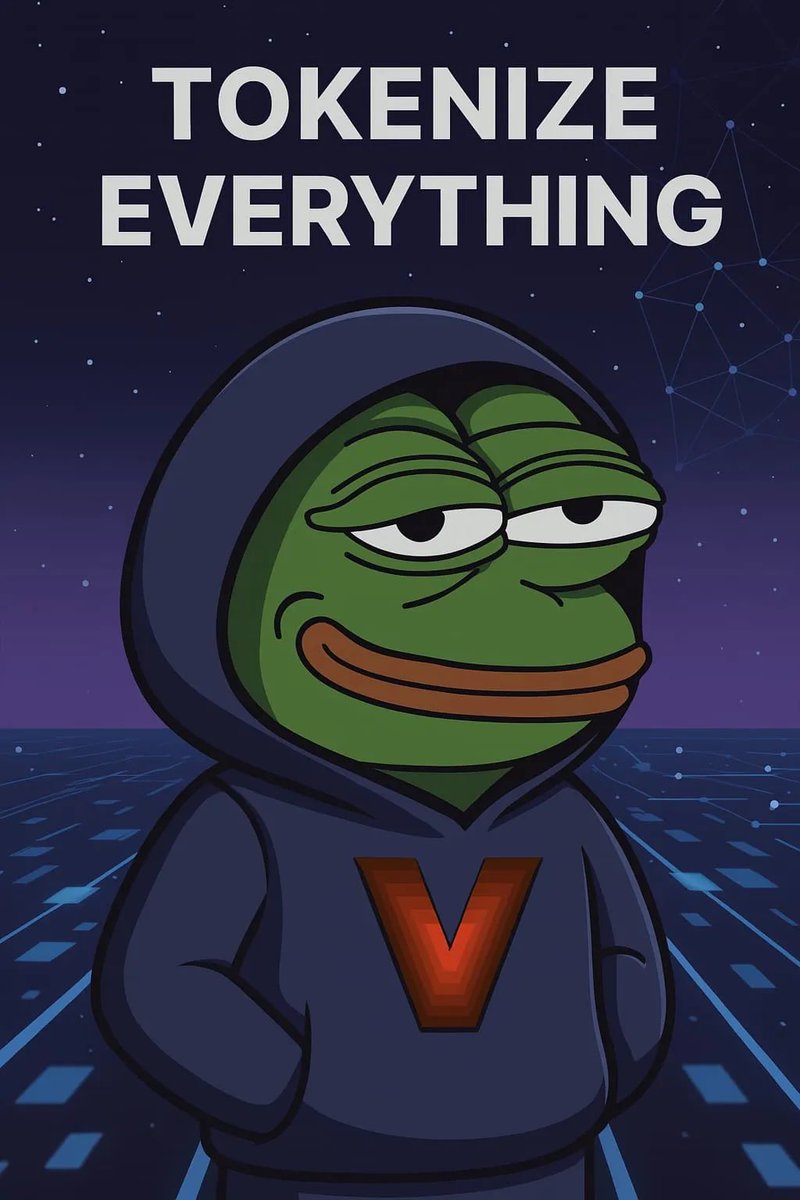<In contrast to ETH, Solana releases new positioning for ICM>
Ethereum has firmly established itself as the "global settlement layer," while Solana has chosen a different path: to create the default execution layer for on-chain capital markets. This is not just about higher TPS; it is about rewriting the operational model of capital markets through composable, programmable, and permissionless mechanisms.
Just yesterday, @aeyakovenko, along with @MaxResnick1, @Austin_Federa, @KyleSamani, and other core participants of Solana, released the "Internet Capital Markets (ICM)" roadmap. This is not a narrative chasing the RWA hotspot, but a fundamental reshaping of Solana's infrastructure role: moving from a high-performance public chain to an application-centric financial operating system.
Traditional financial pain points vs on-chain market opportunities
Traditional capital markets are dominated by intermediaries, resulting in slow transactions, high barriers to entry, and fragmented liquidity. On-chain native markets have inherent advantages: composable, programmable, and available around the clock. However, in reality, RWA projects often merely represent assets on-chain, while actual trading and settlement still occur off-chain.
What ICM (initially proposed by @akshaybd) aims to solve is this misalignment. It seeks to make on-chain the execution venue for transactions, rather than just an asset display layer.
Achieving this is not as simple as "just putting a token on-chain"; it requires improvements in underlying performance, liberalization of market structure, and collaborative advancement with regulatory frameworks.
Core concept: Application-Controlled Execution (ACE)
Currently, most on-chain transaction ordering is uniformly scheduled by the consensus layer, with applications passively receiving orders. ACE proposes a paradigm shift: the ordering rights are held by the protocol, and the trading rules are defined by the applications. Protocols like Drift and Jito will gain design rights similar to market makers, optimizing their market microstructure.
The ultimate goal is to tokenize mainstream assets such as stocks, bonds, foreign exchange, and IP on-chain by 2027, entering a market system that is intermediary-free, globally liquid, and natively on-chain.
Three main modules of the roadmap:
Application-led microstructure design:
Developers can customize multiple key dimensions to achieve comprehensive control over market operation logic:
• Privacy vs Transparency
• Speed limits vs Complete openness
• Trading inclusivity vs Strong finality
• Centralized deployment vs Decentralized execution
• Maker-first vs Taker-first
• Flexible architecture vs Preset rules
Jito's BAM is a typical example, shifting from "speed is king" to "rules are programmable," laying the first cornerstone for ACE practice.
Evolution of execution paths:
• Short-term (1–3 months): Launch Jito BAM and Anza client, optimizing slot-level consistency and transaction latency;
• Mid-term (3–9 months): DoubleZero network will compress latency to 100ms, Alpenglow protocol will reduce finality to 150ms, and APE module will clear replay paths;
• Long-term (by 2027): Deploy multi-concurrent leader mechanisms and protocol-level ACE to support high-concurrency on-chain capital market infrastructure.
RWA-driven funding entry:
This will significantly boost on-chain TVL, attracting more RWA projects and TradFi capital influx, making scenarios like on-chain IPOs and bond issuances commonplace. However, regulatory uncertainty remains a major variable; currently, xStocks has attempted to issue securities based on the SEC framework, and the compliance path is still under construction. Once ACE is successfully deployed, institutional entry will no longer be a question of "if," but rather "when."
ICM represents a restart of Solana's narrative and a declaration of its path: Solana is no longer just a "high-performance public chain" but is attempting to become the underlying operating system for on-chain capital markets.
- ArkStream Daily Alpha 7.25
Show original
3.68K
5
The content on this page is provided by third parties. Unless otherwise stated, OKX TR is not the author of the cited article(s) and does not claim any copyright in the materials. The content is provided for informational purposes only and does not represent the views of OKX TR. It is not intended to be an endorsement of any kind and should not be considered investment advice or a solicitation to buy or sell digital assets. To the extent generative AI is utilized to provide summaries or other information, such AI generated content may be inaccurate or inconsistent. Please read the linked article for more details and information. OKX TR is not responsible for content hosted on third party sites. Digital asset holdings, including stablecoins and NFTs, involve a high degree of risk and can fluctuate greatly. You should carefully consider whether trading or holding digital assets is suitable for you in light of your financial condition.

